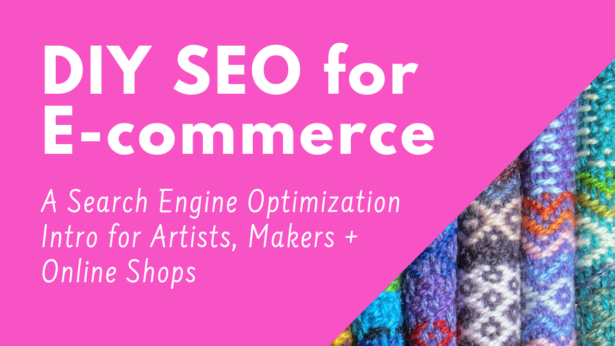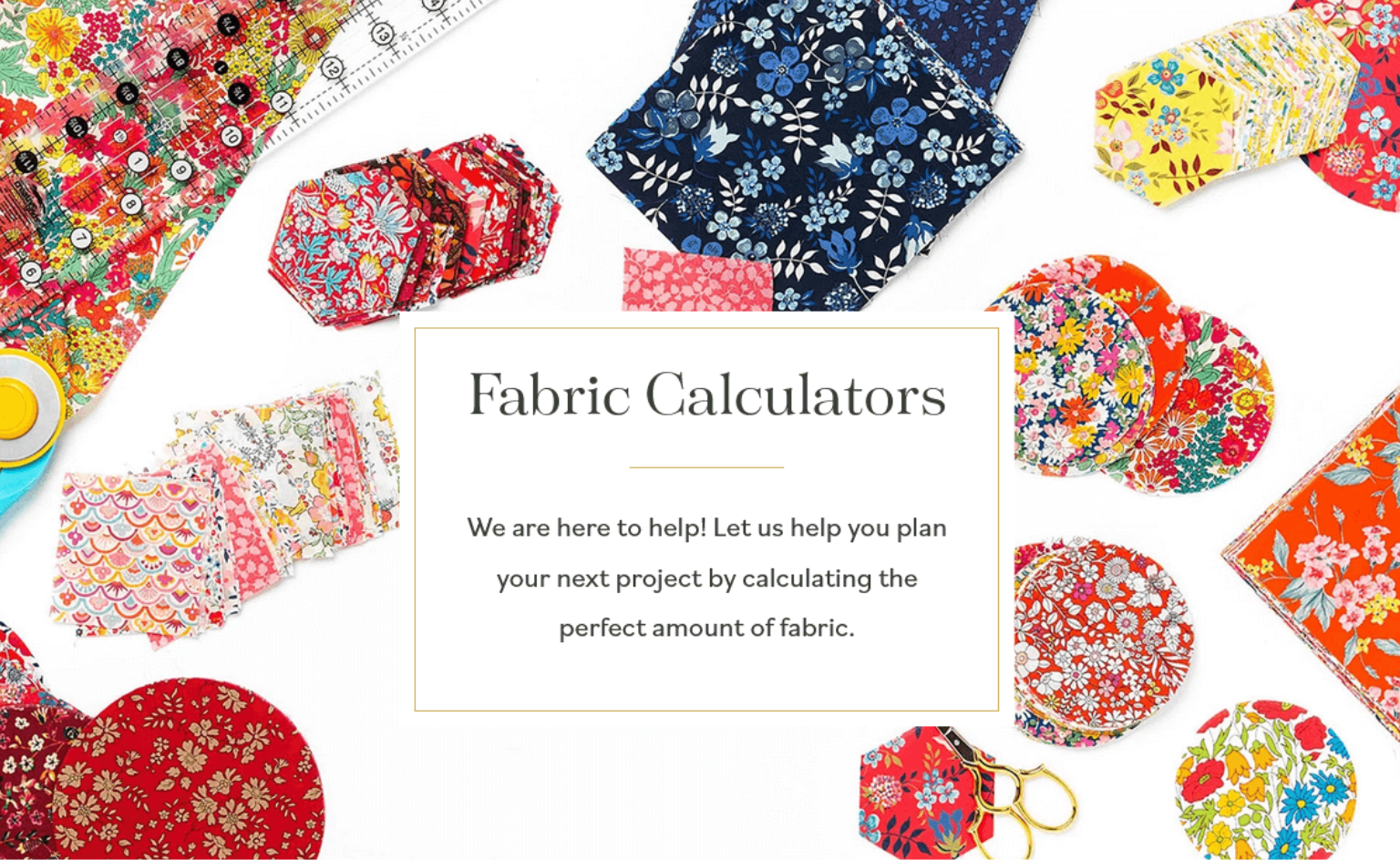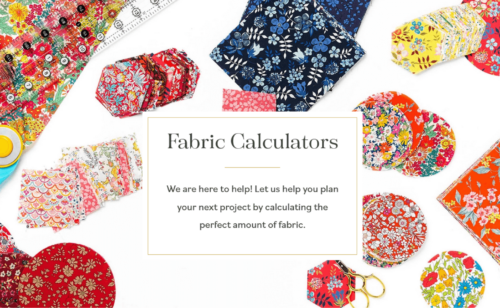
SEO is never one-and-done, and there are generally no quick fixes when it comes to search engine optimization. It’s sort of like a garden that you constantly have to cultivate, prune, water, and fertilize. Luckily, though, SEO for Shopify websites is easier for most people to master than SEO for some other e-commerce platforms.
Shopify makes ecommerce SEO easy to do.
Shopify’s ecommerce platform makes it easy to control pretty much every aspect of SEO that you need to manage for your online shop. Their dashboard makes it simple to edit the title tags, meta descriptions, and URLs for blog posts, webpages, products, and collections, as well as the alt text for your images.
The Shopify platform also takes care of some of the more advanced aspects of SEO for you automatically, like auto-generating canonical tags for your pages so that search engines don’t think you have duplicate content.
While most people think of Google as the main search engine, when it comes to ecommerce, it’s important to remember that Pinterest is also a search engine that can drive a lot of traffic to your online store. As far as e-commerce platforms goes, Shopify is very Pinterest friendly. Rich Pins, which can help your products be more visible on Pinterest, are automatically enabled for all Shopify merchants. And Buyable Pins, which allow shoppers to make a purchase from your shop without ever leaving Pinterest, are another search marketing opportunity available to Shopify merchants.
For weekly tips like this, subscribe to our newsletter
"*" indicates required fields
On-page SEO basics for the DIY shop owner
Search engine optimization can be broken down into 2 main categories: on-page and off-page SEO.
On-page SEO is all of the things that you have control over editing and optimizing on your own website. Think of things like your website content (including product pages and blog posts), your images, meta descriptions, title tags, and URLs.
Off-page SEO includes things like link-building and getting press coverage for your online shop. Off-page SEO is generally more of a long-term, ongoing strategy which I won’t get into today.
If you’re the DIY type, Shopify makes it easy to edit your on-page SEO fields like meta descriptions and title tags. Before you start editing, though, it is helpful to do some keyword research and figure out which keyword phrases you want to optimize each of your pages for.
You can use tools like Google’s Keyword Planner or even the auto-suggested phrases that pop up when you start typing in search engines like Google, Pinterest, Amazon, Etsy, or YouTube to get ideas of which keyword phrases will be popular for your products or niche. You should pick one specific keyword or search phrase to optimize each page of your Shopify website for.
Basically, if you see a field in the backend of your Shopify store that lets you add descriptive text, you should do so, keeping in mind the keyword phrase you’ve decided to focus on for that particular page.
Shopify has a helpful SEO checklist on their blog that you can follow when setting up your shop or adding product pages to your store.
Once you’ve got all that traffic from the search engines, you’ll also need to make sure your shop is optimized to convert visitors into paying customers. Learn more about how to increase your conversion rates on Shopify.
If you are just getting started learning about e-commerce SEO, check out Google’s SEO Starter Guide, Shopify’s Beginner’s Guide to Ecommerce SEO, or my Skillshare class, DIY SEO for E-commerce: A Search Engine Optimization Intro for Artists, Makers and Online Shops, in which I explain all of the basics you need to know.

Shopify SEO FAQ
Having worked with so many online shop owners over the years, we often get questions about SEO, especially when they’re about to take the leap and have us create a custom Shopify website for them. Here are the answers to a few of the SEO questions we get asked most frequently:
How can I change that description under my listing on Google?
You know when you find your site in a search and there’s a tidy little description of your site below your listing? Google grabs that from your “meta description” tag, for the most part, so you can edit that to adjust what people see on the search results page. I often suggest that people think of their meta description like an “elevator pitch for each website page” — you’ll need to keep it brief, and relevant, include your focus keyword phrase, and make people want to click through to your page from the search results.
What is a sitemap?
A sitemap is a list of all of the pages on your site, which can be submitted to Google via Google Search Console. These are great for new sites to use, and a good way to show Google pages it might not otherwise find on its own. Shopify will automatically generate a sitemap.xml file for you that contains links to all your products, product images, pages, collections, and blog posts. The sitemap file will be located at the root of your Shopify store’s primary domain name. For example: myawesomestore.com/sitemap.xml. Learn more here.
How quickly will Google see my site changes? Or: I have a new site – when will Google find me?
This is the area where Google doesn’t have a solid answer for you. Just know that as long as you aren’t blocking Google, it will find you. It is very important to make sure there are plenty of links on reputable sites back to your own website – that’s the kind of thing that Google values. What this boils down to is that the more links to your site that you can manage to get from other high-traffic, relevant sites, the more importance Google is going to assign to you. Search engine optimization is a marathon, not a sprint, and it usually takes at least a few weeks and sometimes a few months to see all of your hard SEO work rewarded with an increase in website traffic.
How can I change my site’s domain, move my site, or redesign it without harming my Google ranking?
There are some technical steps to take to ensure a smooth move, and some extras you can do for Google, such as using Google Search Console to notify them of your move and submit a new sitemap. Anytime you switch ecommerce platforms or redesign your website, it’s important to take SEO into consideration. For example, if any of your URLs change in the process, you will need to set up 301 redirects to help both Google’s search bots and your visitors find the new versions of your pages. The process of migrating or re-designing an active e-commerce site is not something to be taken lightly, and you can run the risk of harming your SEO rankings if you don’t do it correctly. If you’re thinking of upgrading your online shop, but would rather have a team of Shopify experts take charge of the process for you, contact us.
How Aeolidia sets our custom Shopify website clients up for SEO success
At Aeolidia, we follow SEO best practices when we create custom Shopify designs for our clients. Some of these include very technical parts of SEO, like building JSON-LD into our custom themes. We also use structured data markup (maybe you’re familiar with Schema and structured data?) for things like products, brick-and-mortar locations, videos, store hours, events, and logos. In addition, we leverage microformats for product pages and use Google’s Structured Data Testing Tool to ensure that the search engines can properly understand it.
While setting up a new custom Shopify website, we also take on-page factors into consideration. We use heading tags (H1 and H2) to define the structure of a page, similar to the report outlines you’re probably familiar with from elementary and high school. The H1 and H2 tags are set up thoughtfully on collection and product pages, keeping in mind the keyword phrases we want to optimize each page for. We also use brief but descriptive filenames, alt text, and anchor text when adding images and links to your Shopify site.
These days, it’s extremely important that your ecommerce website be both mobile-friendly and secure in order to do well in the search engines, so we carefully test and check your site on mobile and tablet devices before the work is done. The Shopify platform is automatically PCI DSS compliant, which is a requirement for ecommerce stores.
If you want additional, ongoing help with your on-page SEO as well as off-page SEO and link-building once your website is launched, we also offer search engine optimization packages. Contact us to learn more.
A Newsletter That Goes Beyond Shopify 101
It’s easy to find beginner info about ecommerce online. If you’re past that? Subscribe to our newsletter for advanced strategies and need-to-know info for established shops. You'll get:
- Weekly tips to help you market and sell your products
- Updates when there is news that may impact your site
- Round ups of interesting links and info for brands
- Invites to our live trainings and webinars
- Instant access to our past emails
"*" indicates required fields
Related Posts
Let's take your online shop to the next level
The Shopify websites we design have a reputation for substantial improvements to ecommerce conversion rates and online sales. Let's talk!















